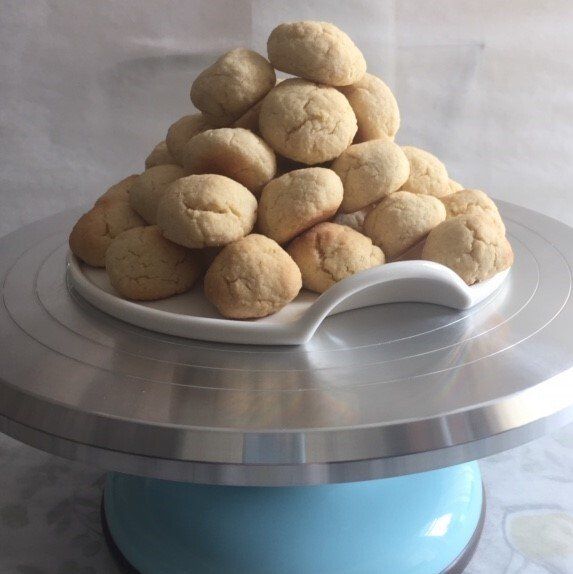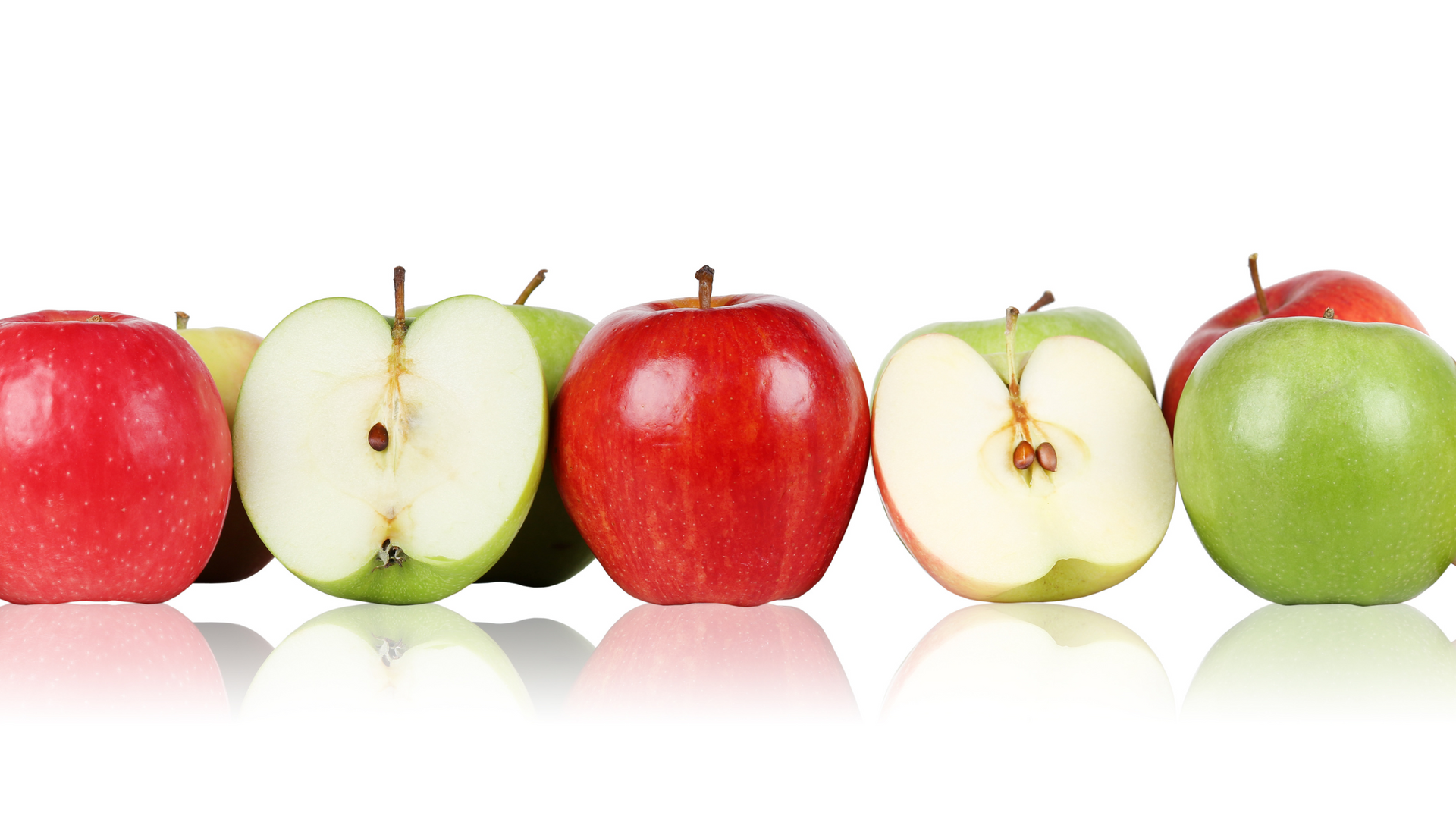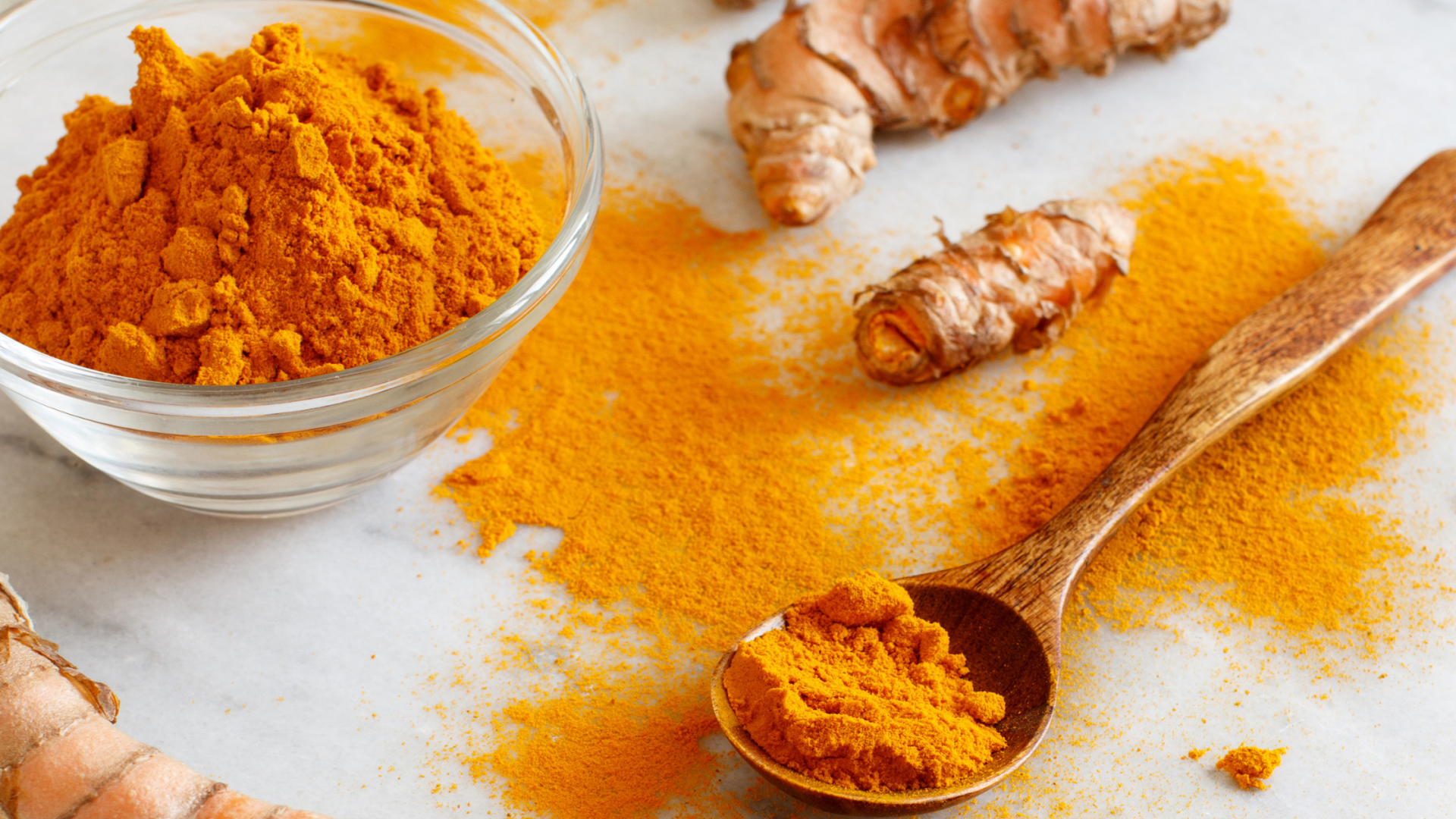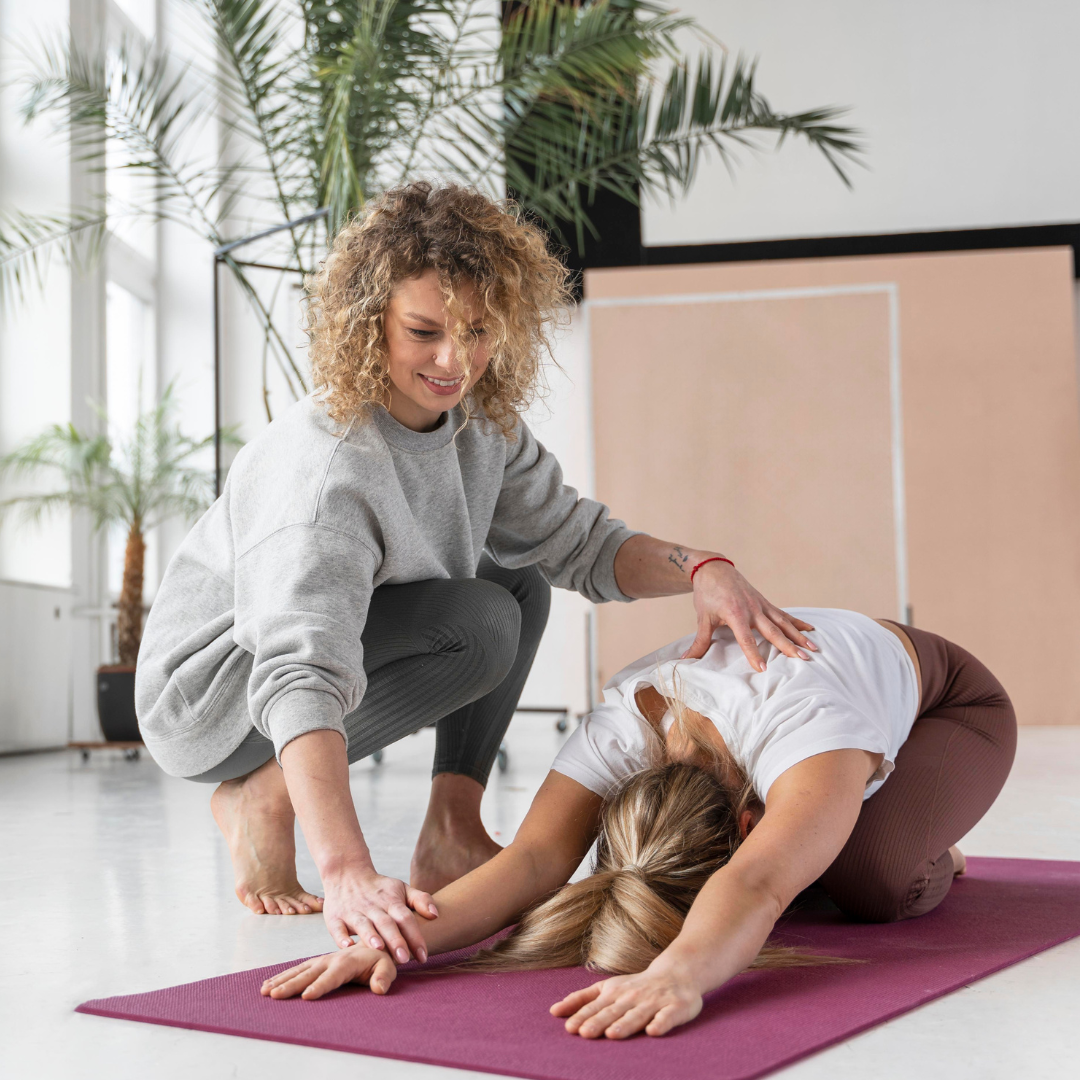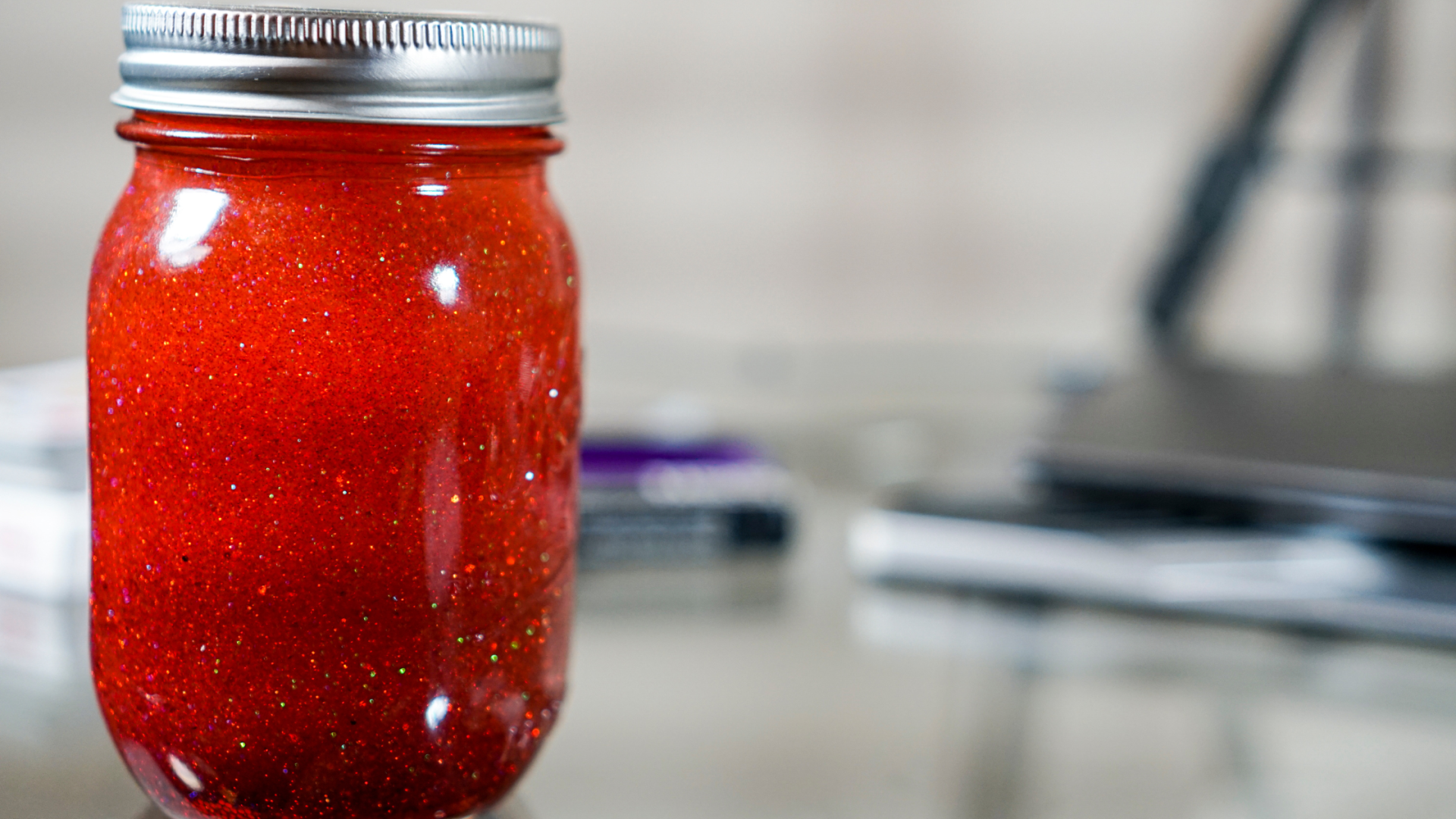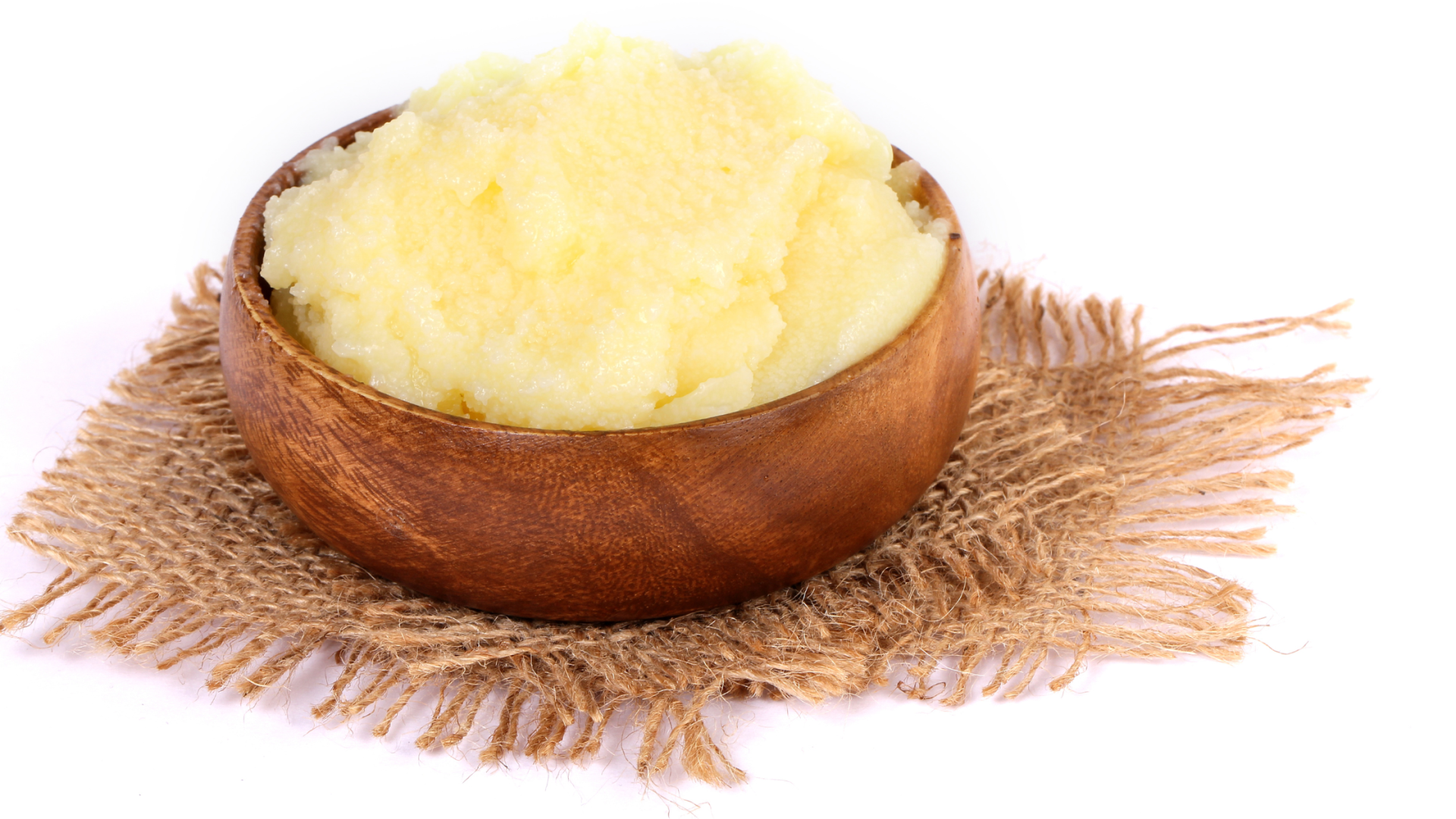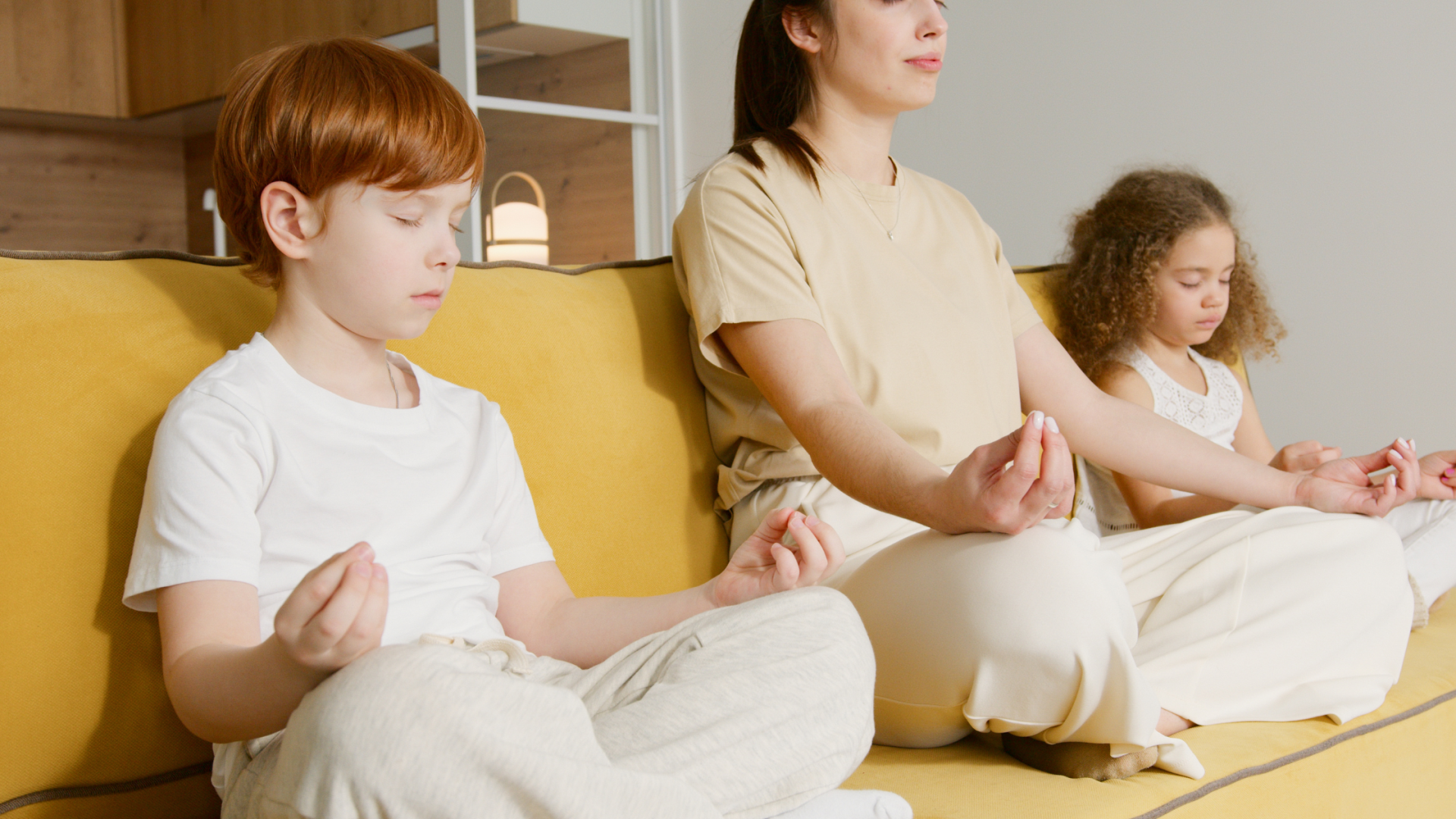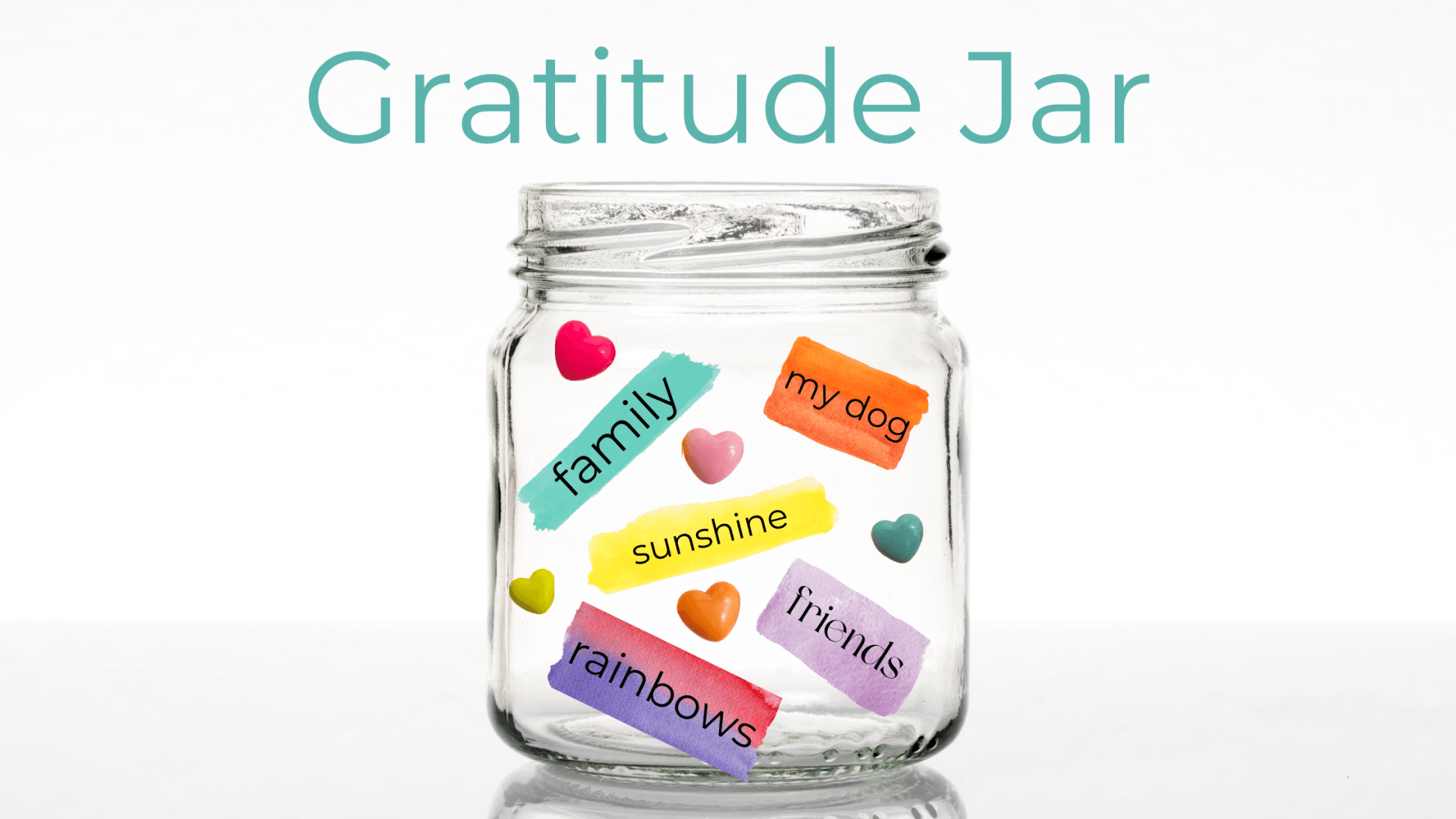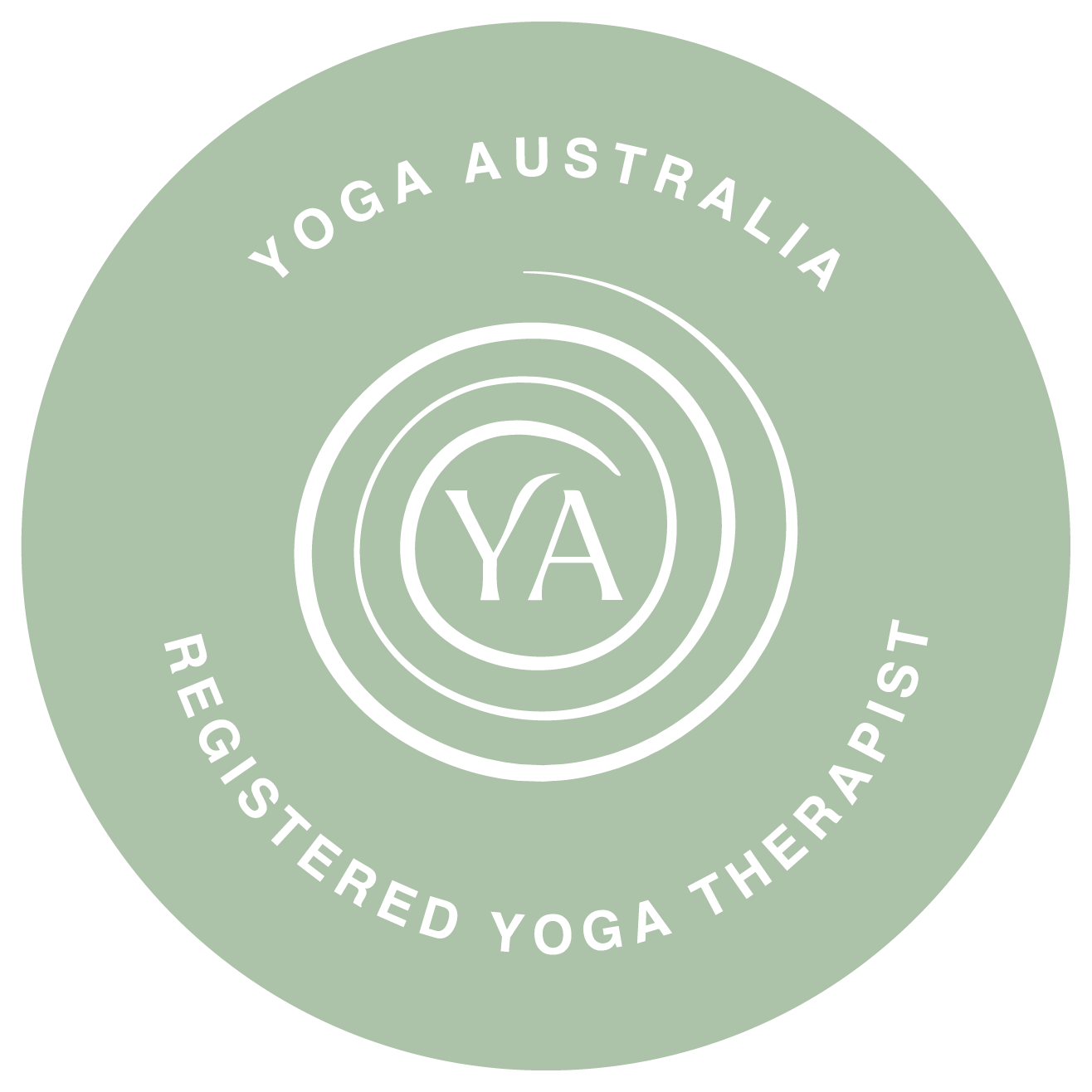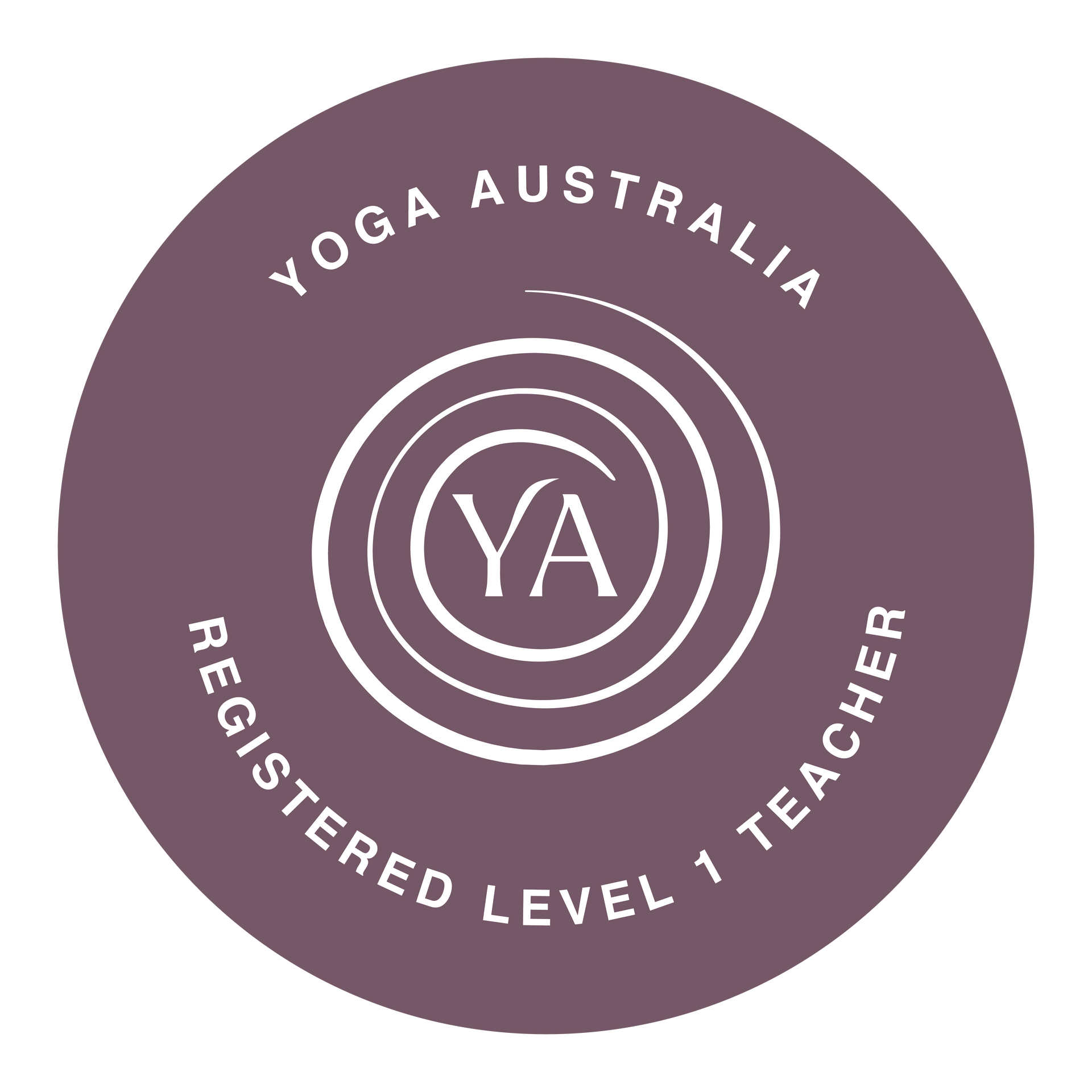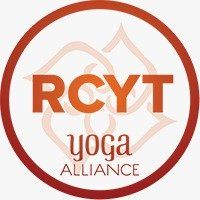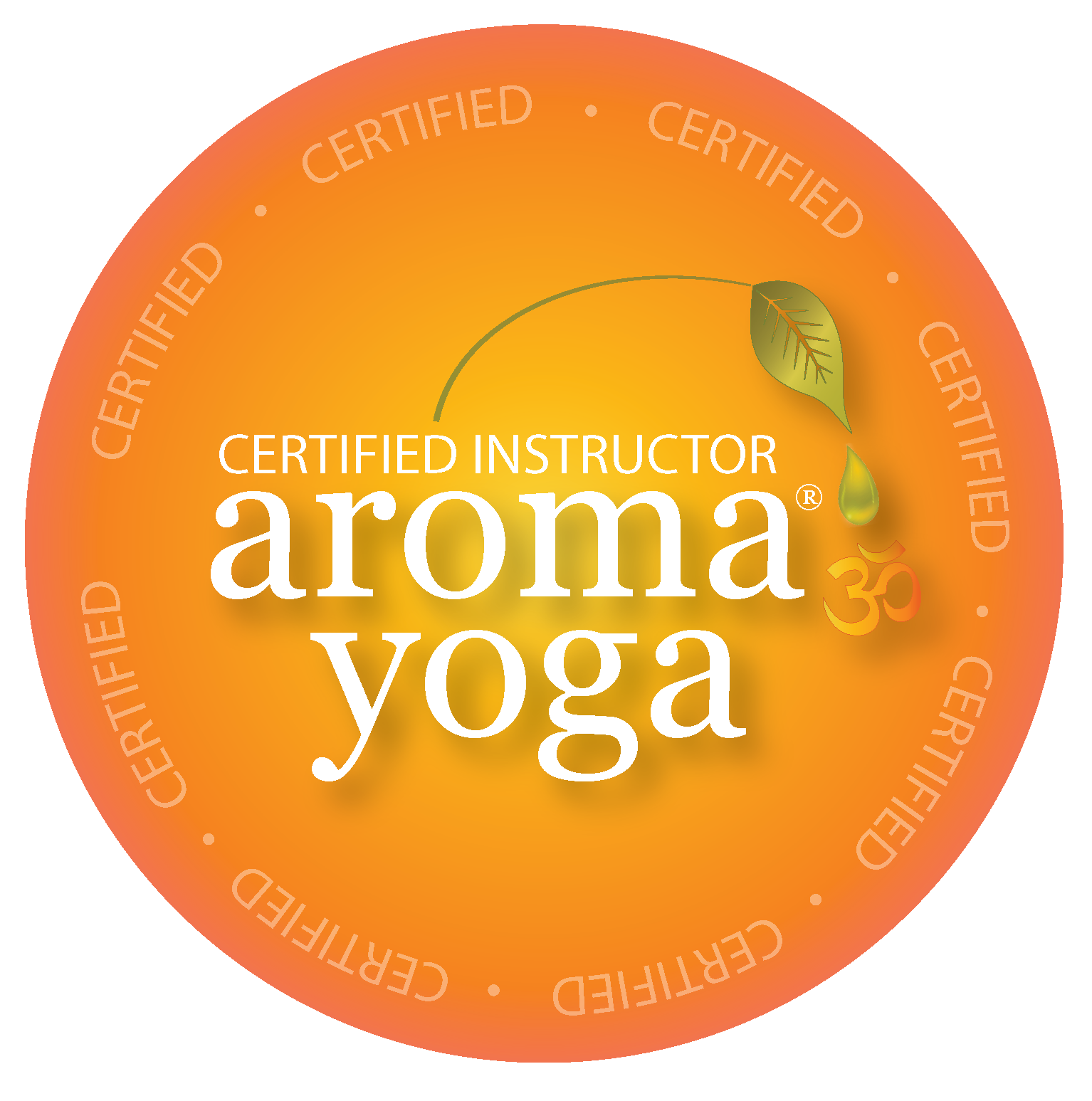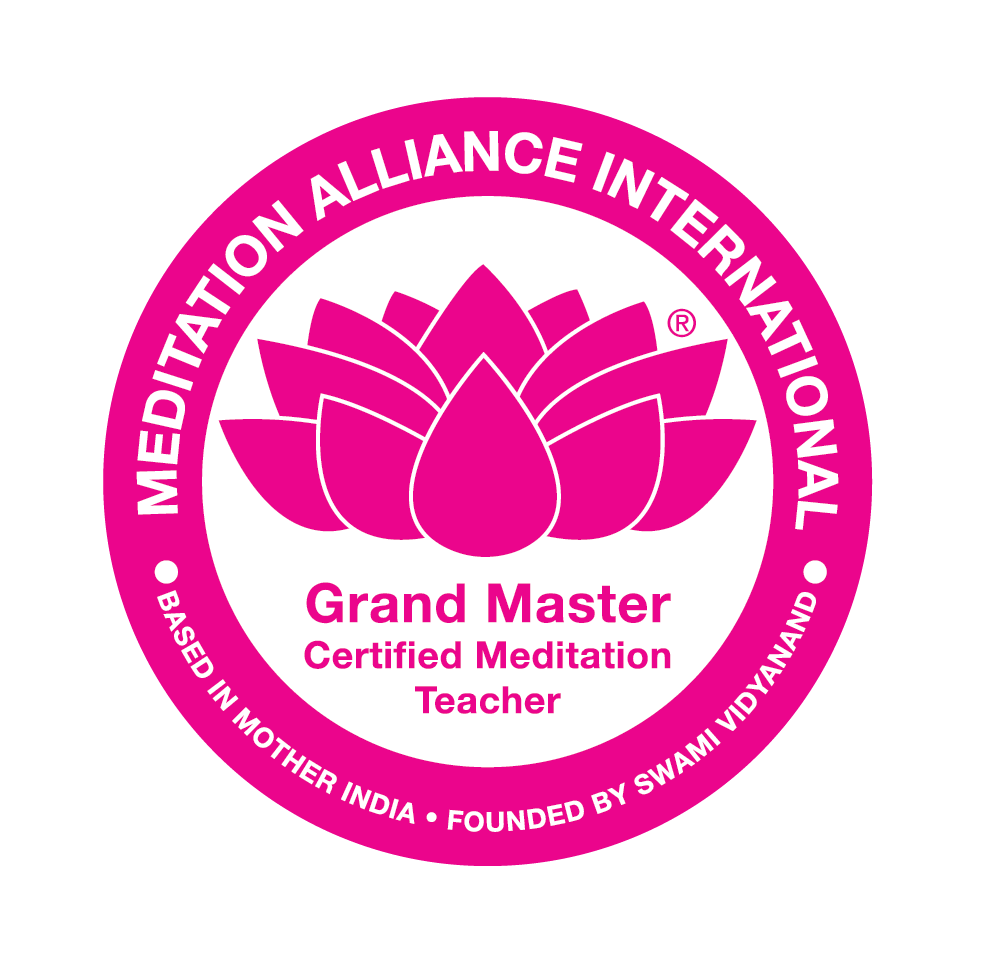Using Essential Oils in the Kitchen
Have you thought of replacing store bought flavourings with essential oils to boost your cooking and baking? A question commonly asked is if it's safe to use essential oils in the kitchen.
The simple answer is yes, as long as they are therapeutic grade essential oils.
You might be wondering why bother with replacing the flavourings you can buy in the supermarket. You may think what you are using works well in your recipes and they probably do. However, most off the shelf flavourings are most likely to be a synthetic version of the original product, or the product has been so highly processed that there is little or no therapeutic quality left. Using essential oils in your cooking and baking allows you to get the therapeutic effects of the essential oils directly into your body. As they are concentrated they also pack a lot of flavour.
As the therapeutic grade essential oils are very concentrated, dosage when using essential oils in your cooking (ingesting them) is very important. As a general rule, use only 2-3 drops of your therapeutic grade essential oil in your recipe.
Remember not all essential oils are safe to ingest. I use and recommend Young Living Oils. Young Living essential oils are therapeutic grade essentials, many of which can be used in your cooking. Not only are they natural, meaning you don’t need to add fake chemical flavour’s to your cooking anymore, but because they are concentrated they add a real flavour boost with just one or two drops. Young Living Oil has a range of culinary oils safe and suitable to use in cooking and baking, including:
- Basil
- Bergamot
- Black Pepper
- Cardamom
- Carrot Seed
- Celery Seed
- Cinnamon Bark
- Citrus Fresh
- Coriander
- Dill
- Fennel
- Frankincense
- German Chamomile
- Ginger
- Grapefruit
- Jade Lemon
- Laurus Nobilis
- Lavender
- Lemon
- Lemongrass
- Lime
- Marjoram
- Nutmeg
- Ocotea
- Orange
- Oregano
- Peppermint
- Rose
- Rosemary
- Slique
- Spearmint
- Tangerine
- Tarragon
- Thyme
Think back to your high school science lesson regarding oils and water not mixing. Well this is very true when adding essential oils to your recipe. You will need to dilute essential oils before adding them to water. This can be in an oil or fat you have in your recipe, then add to the rest of your recipe.
There are many ways you can use culinary essential oils. I will go into more depth and recipe suggestions in other blogs, but here are a few ideas:
- Cinnamon essential oil in a cake batter
- Coriander (cilantro) and lime essential oils in a vinaigrette
- Cumin essential oil in an Indian curry
- Lemon, sweet orange or lime essential oil in a cake batter or biscuit dough
- Citrus oils in a homemade soft drink
- Oregano, thyme or basil essential oils in a bolognaise sauce
- Peppermint in sweets at Christmas time
- Ginger in gingerbread
I’ve been experimenting lately using essential oils in my baking and cooking and you really can taste the difference. Here I’ve made a family favourite coconut biscuit recipe that was passed down many generations. It has always been a popular recipe, but exchanging normal lemon flavouring for the essential oil took it to a new level of flavour burst.
What favourite recipe of yours could you substitute a herb, spice, or citrus ingredient with therapeutic grade essential oils? I'd love to hear your recipe suggestions below.
For more tips and safety tips on using Young Living oils for your cooking, health or home, keep watching for future posts
If you would like to purchase any Young Living Oils, please contact me.
Lemon Coconut Biscuits
Ingredients:
125 gm butter
3/4 cup sugar
3/4 cup coconut
1 egg
pinch salt
1 - 2 drops Young Living lemon essential oil
1 1/2 cups S. R. flour
Method:
Cream butter and sugar, add egg and beat well. Add coconut and Young Living lemon essential oil. Lastly add flour. Place on greased tray in balls. Cook in moderate oven (175 deg C) about 10-15 minutes
I hope you enjoy experimenting with essential oils in your baking and cooking.
Enjoy creating and have a happy and healthy day.
If you found this useful and would like to purchase your essential oils please contact me
If you would like more information on beginning your toxic-free wellness journey click here
For more information on the benefits of specific essential oils, please do a search on PubMed
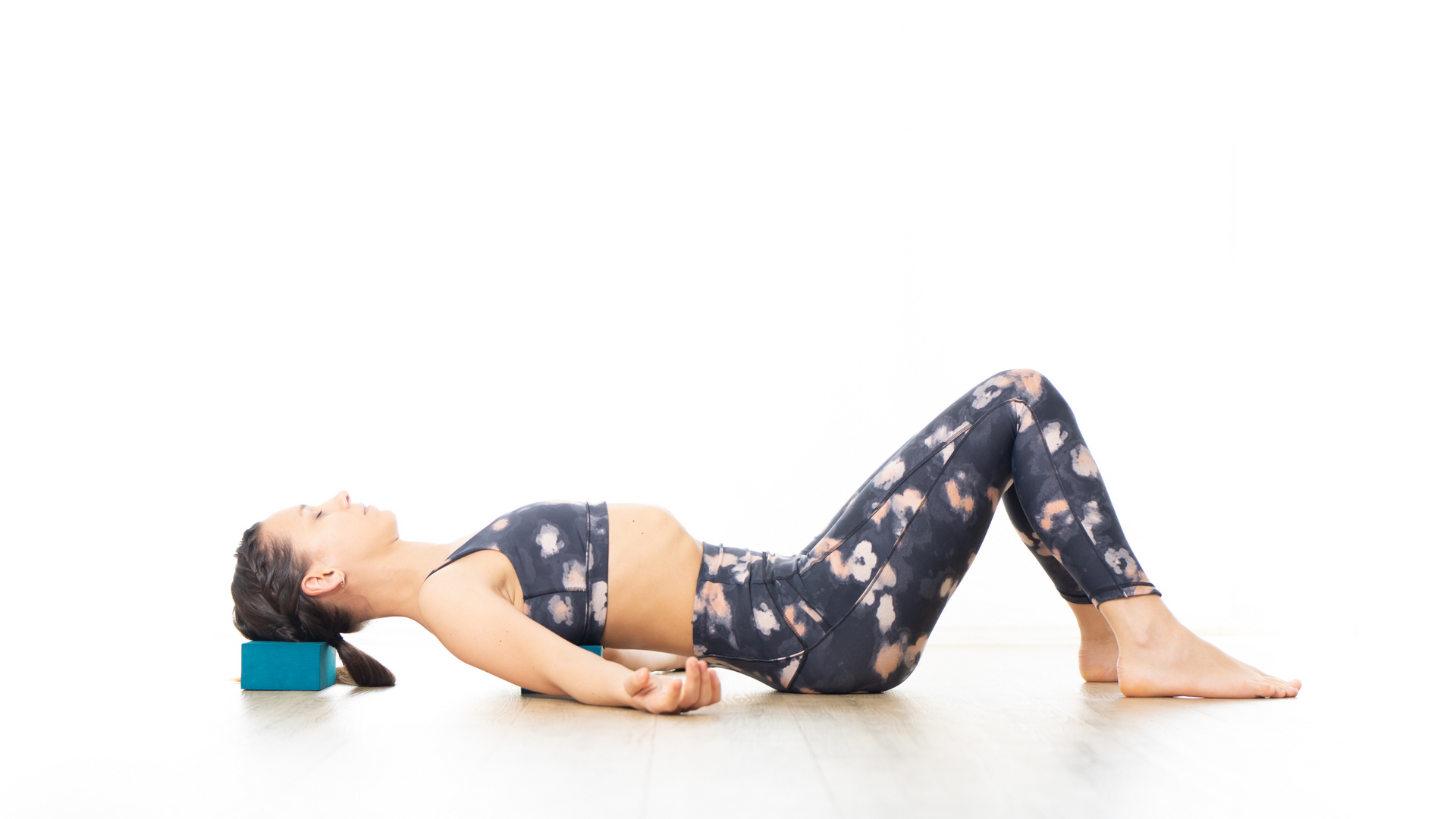
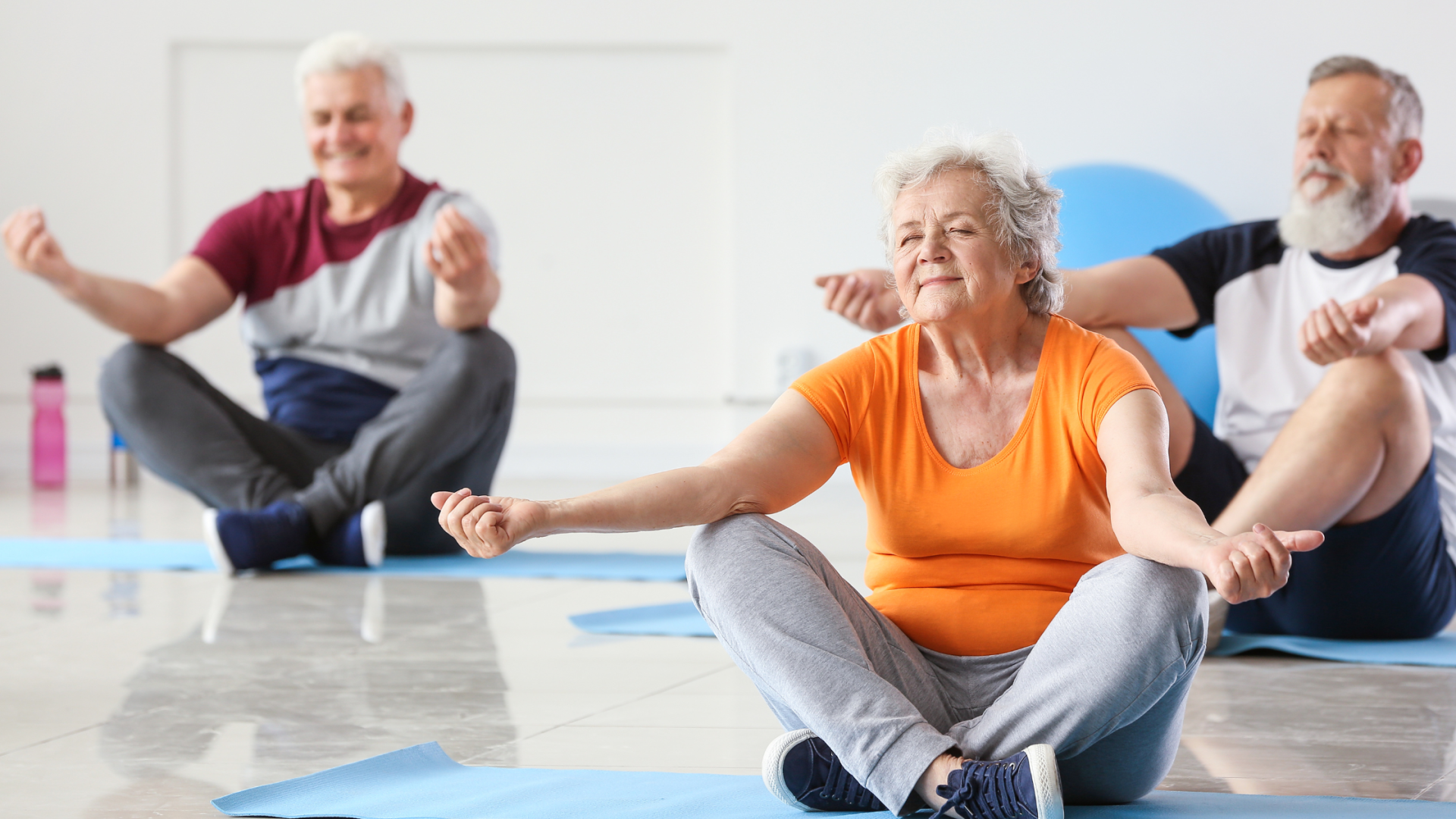
Join our mailing list for news and updates.

